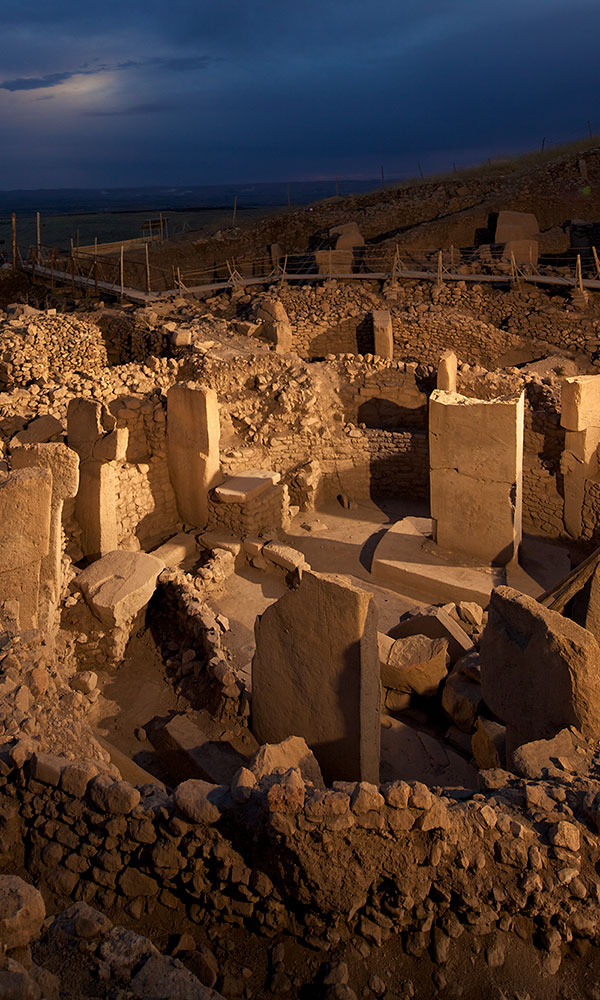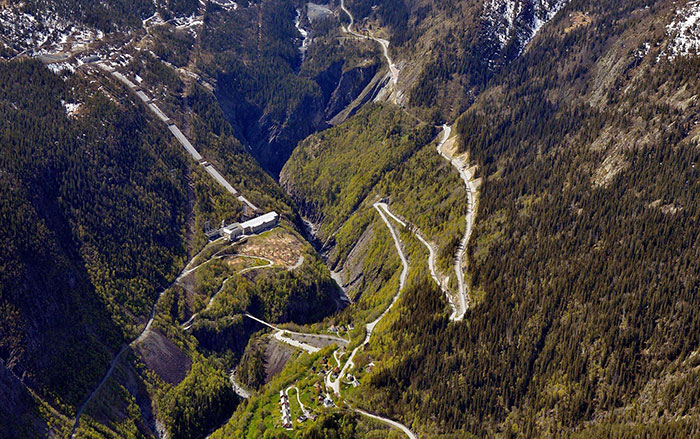
CHENNAI, INDIA—According to a Washington Post report, thousands of stone tools spanning a period of one million years have been unearthed at Attirampakkam, a site in southern India. No hominin remains were found at the site, so researchers led by archaeologist Shanti Pappu of the Sharma Center for Heritage Education do not know who crafted the tools. The oldest implements are blunt Acheulean hand axes, which are thought to have been made by the first hominins to leave Africa. Stone points that may have been affixed to projectiles have also been recovered, and are thought to belong to the Levallois culture. These tools, dated to between 385,000 and 172,000 years ago, are associated with the ability to think abstractly and plan ahead. It had previously been thought that Levallois tools were first made in India by modern humans some 100,000 years ago. “We hope this will be a jumping-off point for a new look at regions like India,” Pappu said. For more, go to “Letter from India: Living Heritage at Risk.”











